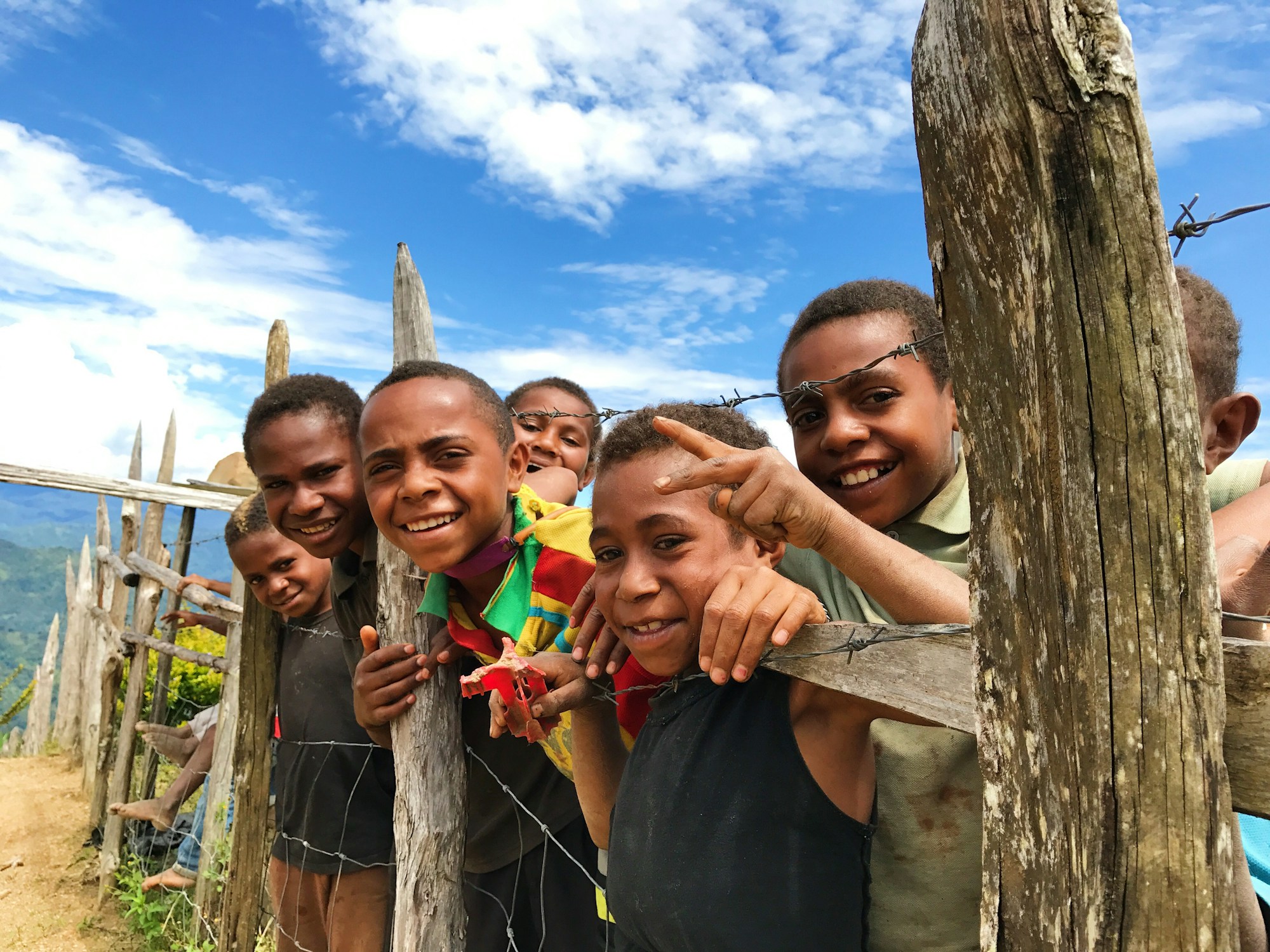Optimal Weather and Seasons for Papua New Guinea Travel

Optimal Weather and Seasons for Papua New Guinea Travel
Papua New Guinea, located in the southwestern Pacific Ocean, offers diverse and breathtaking landscapes, unique cultures, and rich biodiversity. Before planning your trip to this beautiful country, it's essential to understand its weather patterns and seasons to make the most of your experience.
Climate Overview
Papua New Guinea has a tropical climate, characterized by high humidity and consistent temperatures throughout the year. The country experiences two distinct seasons: the wet season and the dry season.
Wet Season (December - March)
The wet season in Papua New Guinea occurs from December to March and brings heavy rainfall and hotter temperatures. During this period, the humidity levels rise as well. The lush green landscapes and vibrant flora make it an excellent time for nature enthusiasts and birdwatchers.
However, it's important to note that the heavy rains may cause land transportation difficulties and make some areas inaccessible. If you're planning outdoor activities or hiking, it's advisable to check local weather conditions and trails' accessibility beforehand.
Dry Season (May - October)
The dry season in Papua New Guinea lasts from May to October and offers more favorable weather conditions for travelers. The temperatures are slightly cooler, humidity levels decrease, and rainfall is significantly reduced.
This season is considered the best time to visit Papua New Guinea, particularly for activities like trekking, diving, and exploring remote islands. The clear skies and calm seas make it ideal for underwater adventures, enabling you to witness the vibrant marine life and stunning coral reefs.
Regional Climate Variations
While the wet and dry seasons are general indicators of weather for Papua New Guinea as a whole, it's important to note that there are regional variations due to the country's diverse topography. The highlands and coastal areas experience different weather patterns throughout the year.
- Highlands: The highlands, including places like Mount Hagen and Goroka, have a cooler climate compared to the coastal regions. The temperatures here can drop significantly, especially at night, so it's advisable to pack warm clothing if you plan to visit the highlands.
- Coastal areas: The coastal areas, like Port Moresby and Lae, experience higher temperatures and humidity levels throughout the year. These regions generally have a more tropical climate.
Monthly Weather Overview
Here's a monthly breakdown of the weather conditions in Papua New Guinea:
| Month | Season | Humidity | Temperature (°C) | Sun hours | Rainfall (mm) |
|---|---|---|---|---|---|
| January | Wet | High | 24-31 | 5-7 | 200-300 |
| February | Wet | High | 24-31 | 5-7 | 200-300 |
| March | Wet | High | 24-31 | 5-7 | 200-300 |
| April | Transition | High | 24-31 | 5-7 | 100-200 |
| May | Dry | Medium | 23-30 | 7-8 | 50-100 |
| June | Dry | Medium | 23-30 | 7-8 | 50-100 |
| July | Dry | Medium | 23-30 | 7-8 | 50-100 |
| August | Dry | Medium | 23-30 | 7-8 | 50-100 |
| September | Dry | Medium | 23-30 | 7-8 | 50-100 |
| October | Dry | Medium | 23-30 | 7-8 | 50-100 |
| November | Transition | High | 24-31 | 5-7 | 100-200 |
| December | Wet | High | 24-31 | 5-7 | 200-300 |
During both the wet and dry seasons, it's advisable to pack lightweight and breathable clothing, along with rain gear, insect repellent, and sunscreen. Don't forget to stay hydrated and protect yourself from the intense sun.
Now that you have a better understanding of Papua New Guinea's weather and seasons, you can plan your trip accordingly to make the most of your experience in this tropical paradise!
